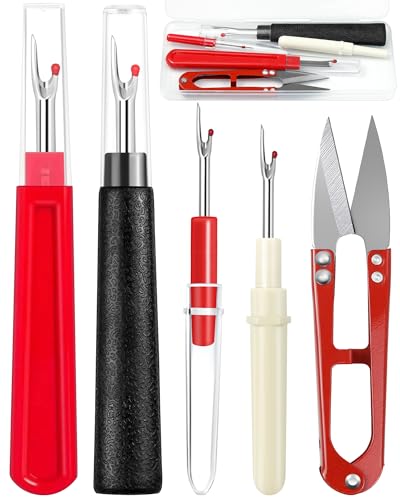Are you curious about the history of sewing? Before sewing machines were invented, the art of sewing was a much more time-consuming and labor-intensive process. Imagine having to stitch every garment by hand! In this article, we’ll explore the fascinating era before sewing machines were introduced and how it revolutionized the world of fashion and textile production. So, sit back, relax, and let’s take a trip back in time to discover the origins of sewing as we know it today.
Have you ever wondered how people managed to create intricate and detailed garments before the invention of sewing machines? Well, you’re about to find out! Before sewing machines came along, sewing was a skill that required immense patience, precision, and dedication. In this article, we’ll delve into the fascinating world of pre-sewing machine techniques and explore the various methods and tools used by our ancestors to create beautiful clothing. Get ready to be amazed by the ingenuity and craftsmanship of the past!
The History of Sewing
Before the invention of sewing machines, the art of sewing was a true labor of love. People relied solely on their own hands and a few simple tools to create garments and other textiles. Let’s take a journey back in time and explore the history of sewing.
Early Techniques
In ancient times, sewing was primarily done by hand using a needle and thread. This slow and meticulous process required great skill and patience. People would carefully stitch fabrics together, creating intricate patterns and designs. Embroidery, in particular, played a significant role in embellishing textiles, adding beauty and personality to garments.
Tools of the Trade
To aid in the sewing process, our ancestors used a variety of tools. Needle cases were crafted to hold different sizes of needles, protecting them from damage. Thimbles were worn to prevent painful pricks and keep the needle’s trajectory steady. And let’s not forget about the indispensable pin cushion, which kept pins and needles organized and easily accessible.
Sewing as an Essential Skill
In pre-industrial societies, sewing wasn’t just a hobby or creative outlet. It was an essential skill that everyone, especially women, had to master. Sewing was a necessary means of creating clothing, repairing garments, and ensuring the comfort and well-being of their families. It was a skill passed down through generations, preserving the knowledge and techniques of the past.
The Rise of Innovation
With the invention of the sewing machine in the 19th century, sewing underwent a dramatic transformation. Suddenly, what used to take hours or even days could be accomplished in a fraction of the time. Sewing machines revolutionized the entire textile industry, making clothing production more efficient and accessible.
While the sewing machine changed the game, it’s important to recognize the rich history and craftsmanship that preceded its invention. From the humble needle and thread to the delicate art of embroidery, the history of sewing is a testament to human creativity, ingenuity, and dedication.
Manual Sewing Techniques
Before the invention of sewing machines, sewing by hand was the primary method used to create garments and textiles. It was a labor-intensive process that required patience, skill, and precision. Our ancestors mastered a variety of manual sewing techniques, each with its own unique purpose and application.
1. Backstitching: This technique involves creating a strong, secure seam by sewing backward and then forward again. It was commonly used for joining fabric pieces together and adding strength to seams.
2. Running Stitch: The running stitch is the simplest form of hand sewing. It consists of small, even stitches that run in a straight line. This technique was often used for basting, gathering fabric, or tacking hems.
3. Slip Stitch: Also known as the blind stitch, the slip stitch is nearly invisible on the surface of the fabric. It was commonly used for hemming garments or attaching linings without any visible stitches on the outside.
4. Decorative Embroidery Stitches: Hand embroidery was not only functional but also a form of artistic expression. Our ancestors used a variety of embroidery stitches, such as French knots, satin stitches, and chain stitches, to embellish their creations and add intricate designs.
5. Quilting: Quilting, the art of sewing multiple layers of fabric together, was used not only for creating warm and cozy quilts but also for adding texture and decorative patterns to garments.
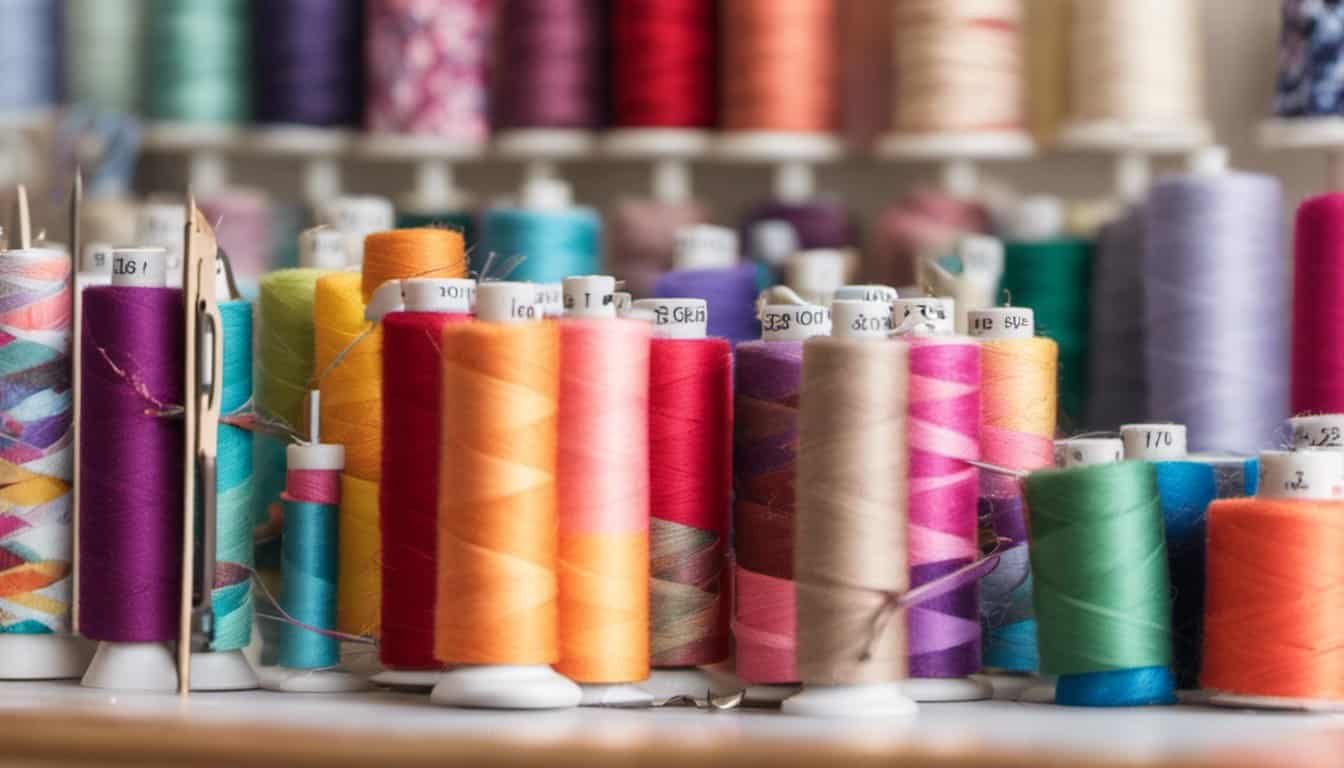
6. Leatherworking Techniques: Our ancestors also developed specialized sewing techniques for working with leather. Techniques such as saddle stitches and whip stitches were used to create durable and long-lasting leather goods.
While the invention of sewing machines revolutionized the textile industry, the craftsmanship and skill of manual sewing techniques should never be forgotten. The artistry and precision of our ancestors continue to inspire and influence modern-day crafters.
Labor-Intensive Sewing Methods
Before the invention of sewing machines, sewing was a labor-intensive task that required skill, patience, and precision. Our ancestors relied on various techniques and tools to create intricate and beautifully crafted garments. Let’s dive into the world of labor-intensive sewing methods!
Hand Stitching Techniques
Backstitch: One of the most common hand stitching techniques was the backstitch. It involved alternating forward and backward stitches to create a strong and durable seam. Backstitching was perfect for seams that needed extra reinforcement, such as on heavy fabrics or in areas that experienced a lot of stress.
Running Stitch: The running stitch was a simple yet effective technique. It involved making evenly spaced stitches along the fabric, allowing for quick and efficient sewing. Although not as strong as the backstitch, the running stitch was often used for basting and temporary stitching.
« Uncover the Ultimate Sewing Secrets for Flawlessly Repairing Clothes! Sewing Techniques That Will Blow Your Mind
Unveiling the Secret Location of Sewing Street’s Filming – Prepare to Be Amazed »
Slip Stitch: This stitch was ideal for creating nearly invisible seams and hemming. The slip stitch involved inserting the needle through just a few fibers of the fabric, creating a nearly indiscernible stitch on the surface. It was commonly used for finishing touches, like closing up openings or attaching trimmings.
Decorative Embroidery Stitches
Our ancestors didn’t just sew for practicality; they also added intricate decorative embroidery to their garments. These stitches showcased their creativity and attention to detail. A few popular decorative embroidery stitches included:
- Chain stitch: This stitch created beautiful textured lines and could be used for outlining shapes or filling in solid areas.
- French knot: French knots added dimension and texture to embroidered designs. They were perfect for creating small, raised dots or adding flower centers.
- Satin stitch: This stitch involved closely spaced parallel stitches that formed a smooth, solid area. It was commonly used to fill in shapes or add colorful details.
Quilting and Leatherworking Techniques
Quilting was another labor-intensive sewing method practiced by our ancestors. Multiple layers of fabric were sewn together, creating a thick and warm quilt. Each stitch held the layers together, preventing shifting and preserving the shape of the quilts.
Leatherworking also required manual labor and specialized techniques. Leather garments and accessories were hand-stitched using techniques like saddle stitching and lacing. These methods ensured the durability and longevity of the leather items.
The labor-intensive sewing methods used before the invention of sewing machines showcased the ingenuity, creativity, and dedication of our ancestors
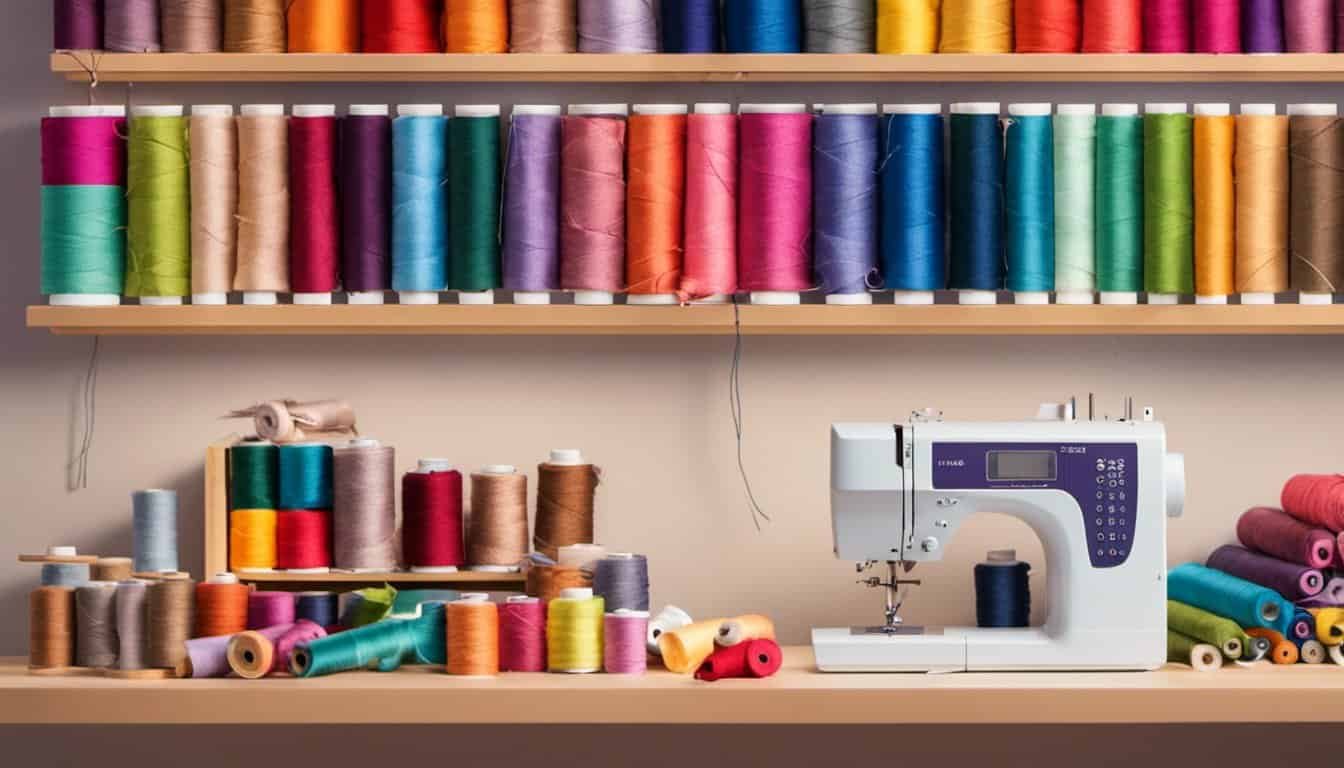
The Need for a Faster Solution
Before the invention of sewing machines, the art of creating garments was a time-consuming and labor-intensive process. As an expert in all things sewing, embroidery, knitting, and crafts in general, you understand the importance of efficiency when it comes to creating beautiful and functional garments.
During the pre-industrial era, skilled seamstresses and tailors relied solely on manual sewing techniques to bring their designs to life. While their craftsmanship was undeniable, this method was not without its limitations.
Imagine spending hours upon hours meticulously stitching together pieces of fabric with just a needle and thread. It required immense patience and attention to detail. Each stitch had to be carefully executed to ensure durability and a perfect finish. But despite their dedication, the process remained slow and tedious.
As styles and trends evolved, the demand for clothes increased. More and more people wanted to dress in the latest fashion, pushing the boundaries of what could be accomplished by hand. It became clear that a faster solution was needed to meet the growing demands of the garment industry.
The invention of the sewing machine in the early 19th century was a game-changer. Suddenly, what once took hours could be accomplished in a fraction of the time. The sewing machine revolutionized the textile industry and forever changed the way garments were made.
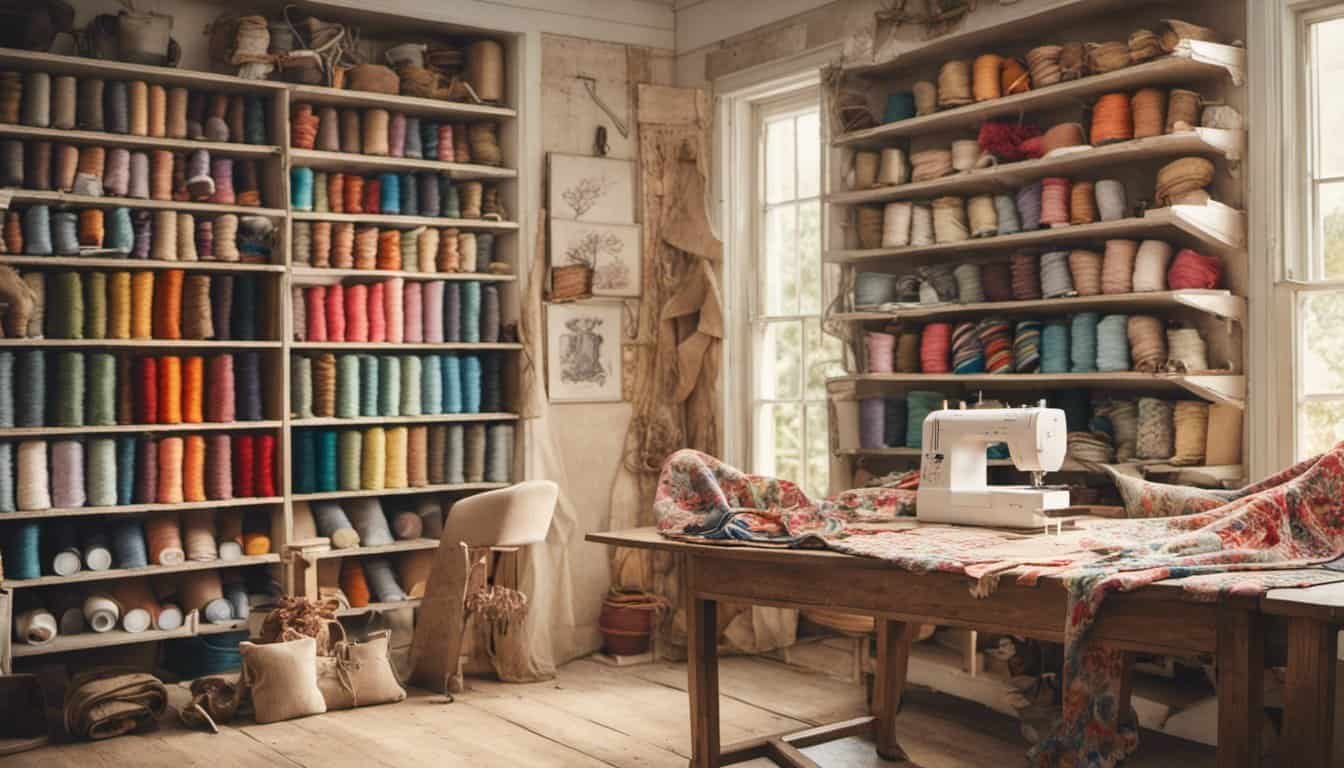
With the ability to effortlessly stitch fabric together through mechanical means, the sewing machine increased productivity and made garments more accessible to the masses. It allowed for the creation of intricate patterns and designs, paving the way for innovations in decorative embroidery stitches and quilting.
Today, we can appreciate the convenience and speed of our modern sewing machines. Gone are the days of laboring over every single stitch by hand. As an expert in the field, you understand the importance of embracing technology to push the boundaries of your craft.
The history of sewing before the invention of sewing machines showcases the ingenuity, creativity, and dedication of our ancestors. And while we can admire their craftsmanship, we are grateful for the technological advancements that have made sewing more efficient and accessible to all.
The Invention of the Sewing Machine
Sewing by hand is a time-consuming and labor-intensive process. But luckily, advancements in technology have given us the wonderful invention we now know as the sewing machine. Let’s take a journey back in time to explore the fascinating history behind the invention of this game-changing device.
In the early 19th century, textile production was growing at a rapid pace, and there was a pressing need for a faster and more efficient solution to meet the demands of the garment industry. During this time, several inventors were experimenting with the idea of a mechanical device that could sew fabric.
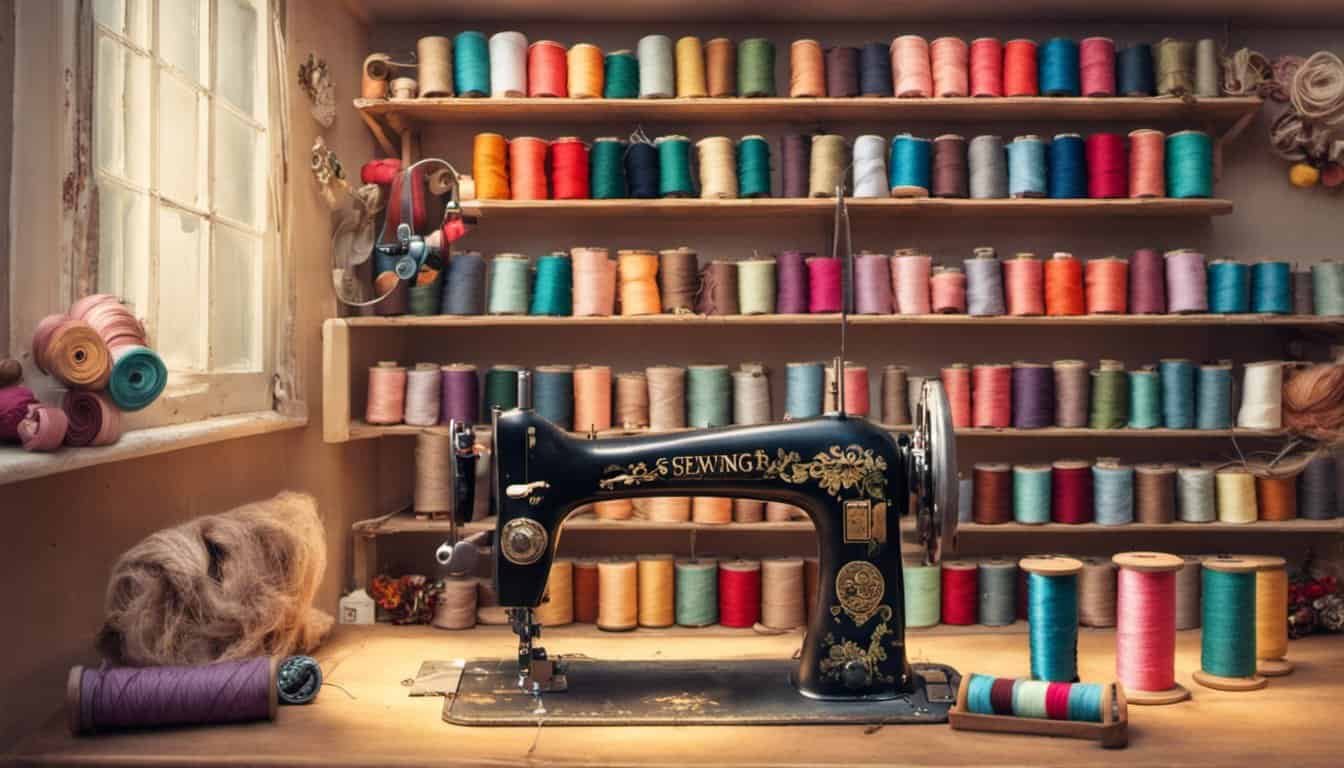
One of the earliest pioneers in this field was Thomas Saint, an Englishman who patented the first working sewing machine in 1790. Saint’s machine was designed to sew leather and canvas, but unfortunately, it was never fully developed or put into commercial production.
Fast forward to the 1830s, when a French tailor named Barthélemy Thimonnier successfully built a machine that could sew straight seams. This machine was powered by a foot pedal and used a hooked needle to create lockstitch, a strong and secure stitch. Thimonnier’s invention was the first practical sewing machine and marked a significant milestone in the history of sewing.
However, it was the American inventor Elias Howe who truly revolutionized the sewing machine industry. In 1846, Howe patented a machine that used interchangeable parts and a lockstitch mechanism. His invention was not only highly efficient but also commercially successful, making sewing more accessible and affordable for people worldwide.
Shortly after Howe’s breakthrough, Isaac Merritt Singer made significant improvements to the sewing machine. Singer’s machine introduced the concept of a foot treadle and simplified the threading process, making it easier for users to operate. This innovation made sewing machines even more popular among households, and Singer became a household name in the sewing industry.
Since then, sewing machines have continued to evolve and improve, with new features and functionalities added over the years. Today, we have a wide range of sewing machines available, from basic models for beginners to advanced computerized machines for professional seamstresses and quilters.

The invention of the sewing machine has had a profound impact on the textile industry and has made sewing more efficient and accessible to people of all skill levels. Whether you’re a hobbyist, a fashion enthusiast, or a professional, there’s no denying the incredible convenience and speed that sewing machines bring to our creative endeavors. So, let’s
Conclusion
Now that you have explored the history of sewing before the invention of sewing machines, you have gained a deeper appreciation for the time and effort our ancestors put into creating garments by hand. From backstitching to decorative embroidery stitches, these techniques required skill and patience.
The invention of the sewing machine revolutionized the textile industry, providing a faster and more efficient solution to meet the growing demands of the garment industry. Today, we are fortunate to have access to modern sewing machines that offer convenience and speed, making sewing more efficient and accessible to all.
As you delve into the world of sewing, it’s important to acknowledge the technological advancements that have made this craft more enjoyable and fulfilling. From Thomas Saint’s patent in 1790 to the improvements made by Barthélemy Thimonnier, Elias Howe, and Isaac Merritt Singer, sewing machines have come a long way.
The profound impact of the sewing machine on the textile industry cannot be overstated. With a wide range of options available today, you have the opportunity to explore your creativity and bring your sewing projects to life with ease.

So, embrace the convenience and speed that sewing machines offer, and let your imagination soar as you embark on your sewing journey. Happy sewing!











